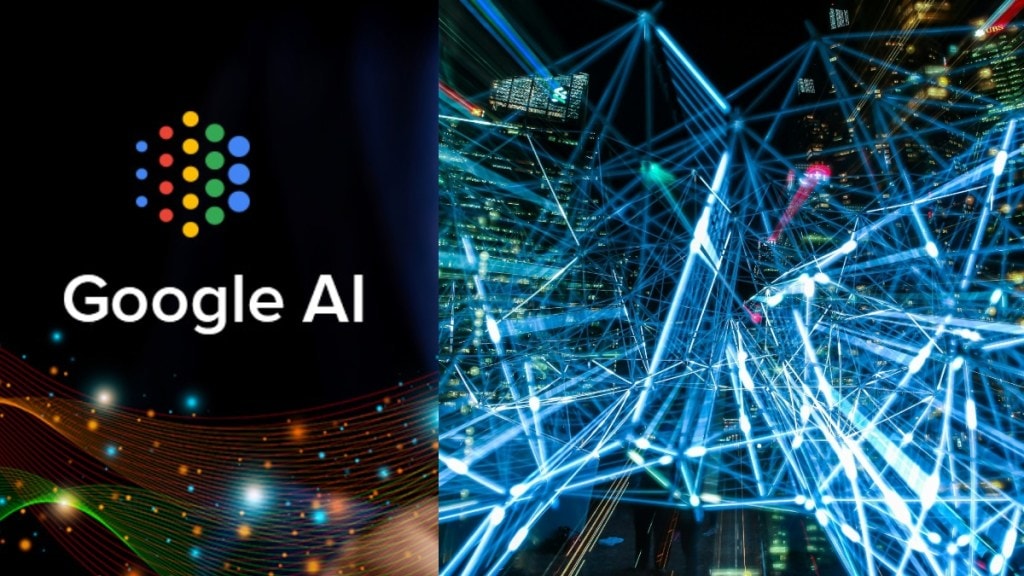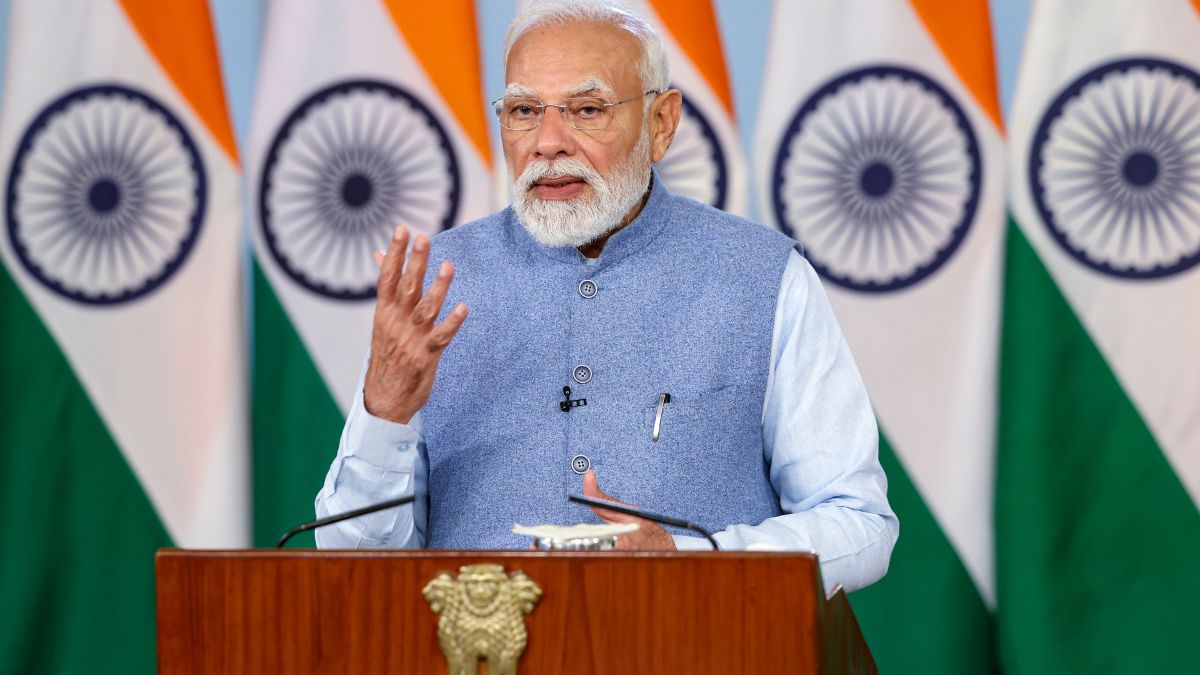By Sunil R. Nair
This week, Google announced a suite of shopping features that has sent a ripple through the global e-commerce world and should send a small shockwave through Indian D2C boardrooms. With its new AI-powered search and in-line checkout experience, Google is not merely improving product discovery. It’s attempting to own the entire transaction flow, from query to conversion, all within the search interface itself.
To some, this sounds like old wine in a slightly more AI-shaped bottle. Didn’t Google Shopping already do this? Didn’t marketplaces already disintermediate brands? Yes. But this time, the stakes are higher. Because now, Google is combining search dominance with generative AI, building agentic shopping journeys, and compressing the funnel so tightly that for many brands, the homepage and checkout page may no longer be the frontline, it might just be the postscript.
Intent is Being Rewritten, Not Just Routed
In India, Google remains the front door of the internet. It is where searches for “best baby shampoo,” “affordable kurta sets,” or “LED TV under ₹25,000” happen in the millions, daily. Historically, this traffic was channelled to brand websites, marketplaces, or publisher lists. But with Google’s latest moves, the goal is no longer to redirect that intent. It is to monetise it directly, with the transaction taking place right inside the search results, assisted by AI agents and backed by integrations with checkout providers.
What does this mean for Indian D2C brands? In short: you may still own the product, but you could soon be renting the customer.
The Algorithmic Bazaar
If Google succeeds in collapsing search, discovery, and checkout into one seamless journey, brand websites risk becoming digital brochures, validating the purchase after it’s already made elsewhere. This means your first-party data, cross-sell opportunities, loyalty programs, and even upsells get pushed out of the critical path.
This is not theoretical. It is already playing out in adjacent industries. In travel, OTAs have evolved from discovery tools into transaction engines. In crypto and finance, AI agents handle complex decisioning and execution. The same infrastructure logic is now arriving for commerce.
Imagine the impact on categories like skincare, electronics accessories, or health supplements in India: high-volume, low-differentiation segments where intent is easily captured, but loyalty is hard-earned. If brands become mere SKUs in Google’s checkout layer, what happens when the bidding starts? If price, not brand, becomes the key variable, we will soon see an algorithmic bazaar, where visibility goes to the highest bidder, and customer relationships are auctioned in real-time.
The D2C Illusion: Direct Until It Isn’t
This also forces a larger reckoning for the Indian D2C movement. Many of our new-age brands have already walked back the “direct” in D2C, embracing marketplaces for scale, relying on Meta and Google for discovery, and outsourcing logistics to third parties. What Google’s new features do is simply crystallise that shift. You may still be a brand, but you are increasingly a plug-in to someone else’s platform.
That’s not necessarily a bad thing, provided you optimise for the new rules.
What Indian Brands Can Do Now
First, treat your website not as a sales channel, but as a trust channel. Conversion may happen elsewhere, but credibility still starts with you.
Second, invest in content that educates, entertains, and differentiates. This isn’t about SEO anymore, it’s about story. The one thing Google can’t (yet) generate on your behalf is your brand’s emotional narrative.
Third, demand visibility into data. If transactions occur within Google, what gets passed back to the brand? What attribution, what profiles, what retention hooks are still within your control?
Fourth, get serious about owned audiences. SMS, WhatsApp, community platforms, loyalty programs, these are not vanity tools. They are your insurance policy against platform dependency.
Fifth, experiment with Google’s own ecosystem. Integrate deeply. Explore video commerce through YouTube and on your own brand.com. Play the game but know which part of the board you still control.
This Is not the End, It’s the Great Compression
To be clear, Google is not killing D2C. But it’s accelerating its transformation. Indian consumers will still care about where their products come from, which influencer they saw it with, and whether your serum actually smells like haldi or hospital disinfectant. But the path to that trust is getting shorter, faster, and platform-mediated.
In this new reality, attention will remain scarce, choice will remain overwhelming, and trust will become the most defensible moat. Platforms will own convenience. Brands must double down on conviction.
And the businesses that can balance both? They’re the ones that w’ll outlast this new wave of AI-led commerce.
Sunil R. Nair is a media technology entrepreneur and co-founder of Mela Platforms, a video commerce workflow company. He also advises AI and commerce startups including Clairva.ai and Wnnr.in and writes on the intersection of content, commerce, and technology in emerging markets.
Disclaimer: Views expressed are personal and do not reflect the official position or policy of Financial Express Online. Reproducing this content without permission is prohibited.








